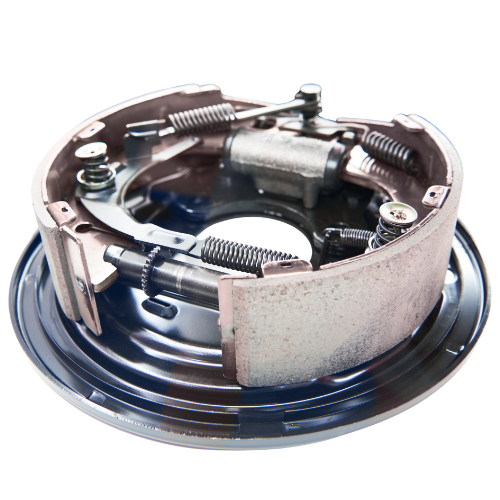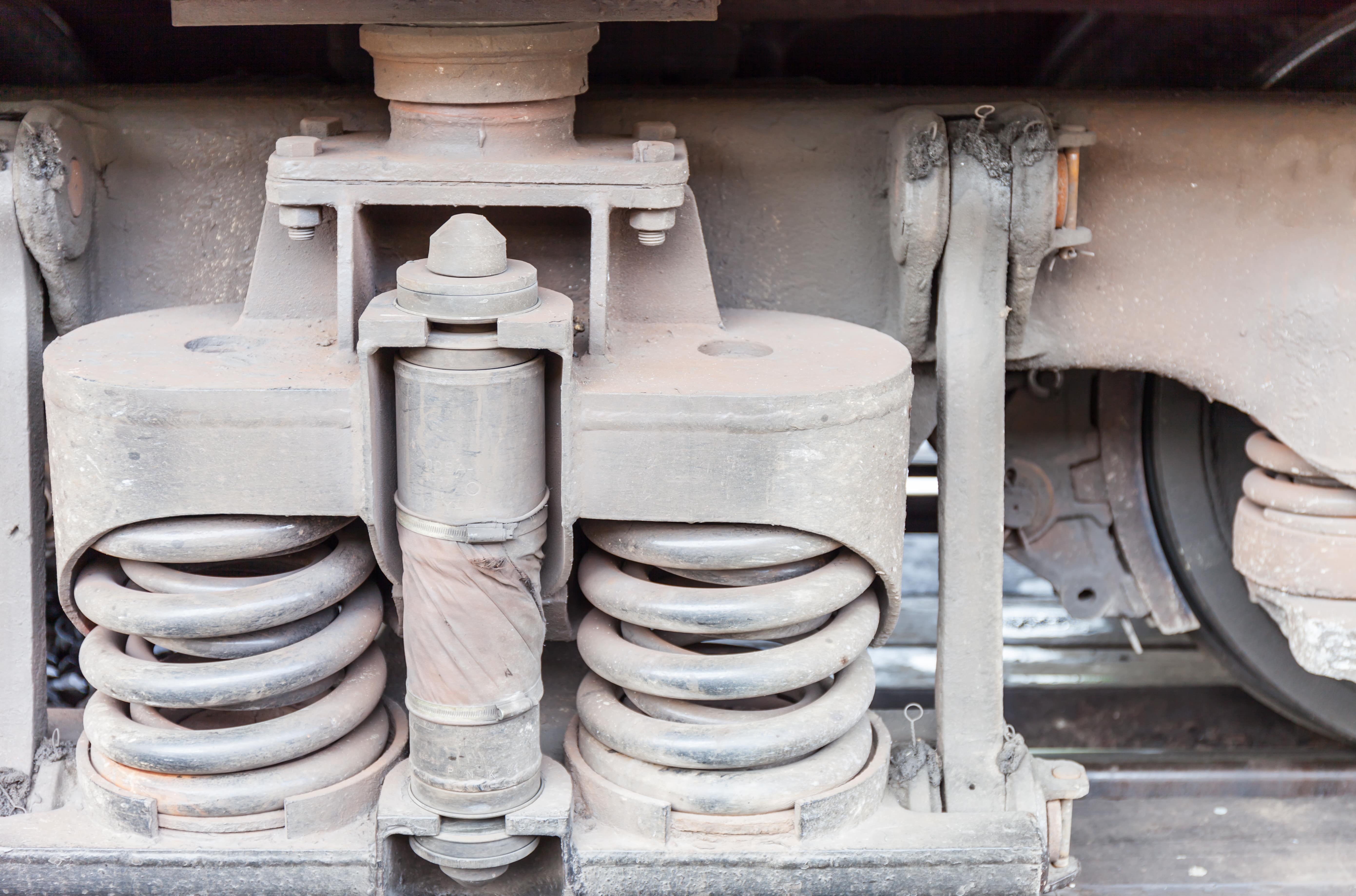Explore the four key components that make up a truck’s brake system—engineered to ensure safe, reliable, and powerful stopping performance on every road.

A truck is an intricate machine, a marvel of engineering designed to handle immense loads over long distances and across varied terrain. While the engine provides the power and the transmission directs it, the suspension system ensures the consistency of the entire system's performance, safety, and comfort. It’s a complex assembly of components that absorb shocks and vibrations, keeping the tires in contact with the road and the cargo secure. But a truck's true reliability is a sum of its parts; a robust suspension system is only one half of the equation. For a complete picture of vehicle health, it is essential to consider the equally critical air brakes system and its key components. A well-maintained brake chambers system works in tandem with the suspension to ensure control and safety.
A truck’s suspension system is far more than just springs and shocks. It’s a sophisticated network designed to manage a truck's significant weight, maintain tire contact with the road, and isolate the chassis and cargo from road irregularities. A properly functioning system is essential for:
A truck's suspension system is made up of several key parts, each with a specific and crucial role:
Maintaining a truck's suspension system is not just about a comfortable ride; it's a critical safety and efficiency measure. Proactive maintenance is the best way to prevent unexpected failures and costly repairs. Truckers should be vigilant in performing regular inspections to check for common issues. Not to mention that lack of maintenance can also compromise driver safety while on the road and others as well.
Look out for:

A common misconception is that each system on a truck operates in isolation. The reality is that the suspension and braking systems are highly interconnected. A poorly maintained suspension can directly compromise a truck's braking performance, putting the entire vehicle at risk.
When a suspension system is worn or failing, it can lead to instability and increased "brake dive" or "pitch" during stopping. This shifts more weight onto the front axles, placing a disproportionate load on the front brake chambers and brake calipers. This increased stress can cause components to wear out prematurely and may even lead to brake fade.
For this reason, it is critical to ensure that both systems are in top condition. By using quality components from a trusted truck brake calipers manufacturer, you can be confident that your braking system is built to handle the added stresses that a less-than-perfect suspension might create. The brake system, from the brake line bender to the semi truck slack adjuster, is designed to work in a balanced environment. A healthy suspension contributes to this balance. When selecting a replacement brake chamber, be sure to choose a part that is compatible with the vehicle’s specific braking and suspension setup.
The proper functioning of a slack adjuster of trucks is key to maintaining stopping power, but even a perfect slack adjuster cannot compensate for a vehicle that is unstable due to a compromised suspension. The correct alignment and pressure of air brakes are essential, but their effectiveness can be limited if the wheels are not making consistent contact with the road.
A truck's reliability and safety hinge on the sum of its parts. A strong and well-maintained suspension system provides the stability, ride comfort, and structural integrity needed for long-term performance. At the same time, the brake system provides the non-negotiable stopping power that protects the driver, cargo, and others on the road.
Investing in quality replacement parts, whether for your suspension or your brake system, is not just about making a repair—it’s about making a strategic investment in the longevity and profitability of your vehicle. By paying attention to both the ride and the stopping power, you ensure that your truck is equipped for any challenge the road throws its way. A proactive approach to maintenance provides several key benefits:
By paying attention to both the ride and the stopping power, you ensure that your truck is equipped for any challenge the road throws its way, protecting your investment and your livelihood.